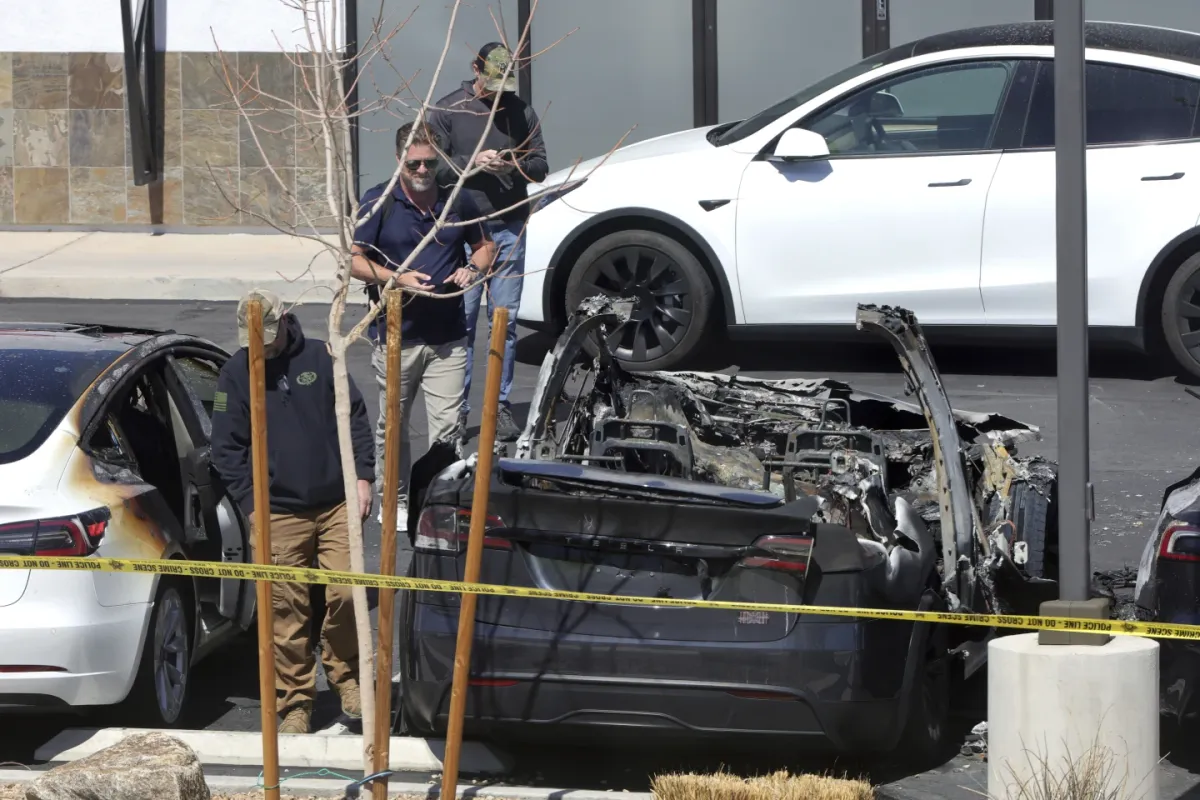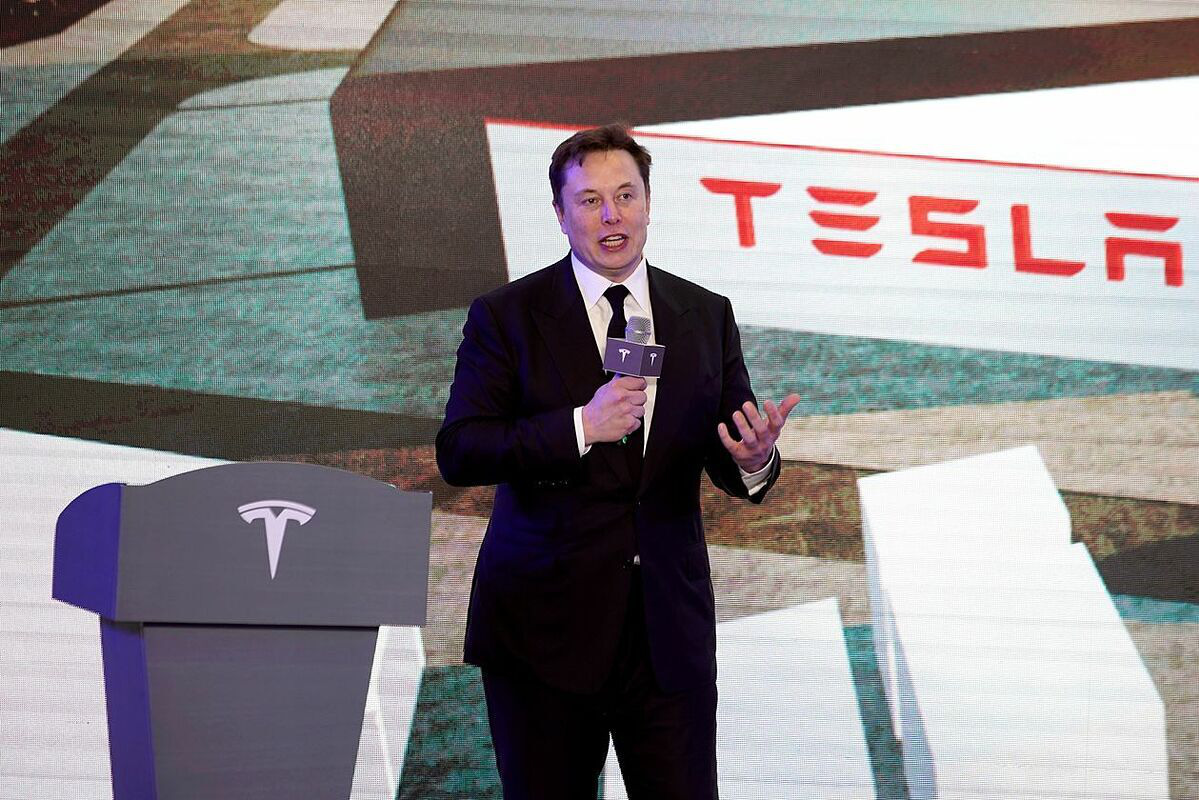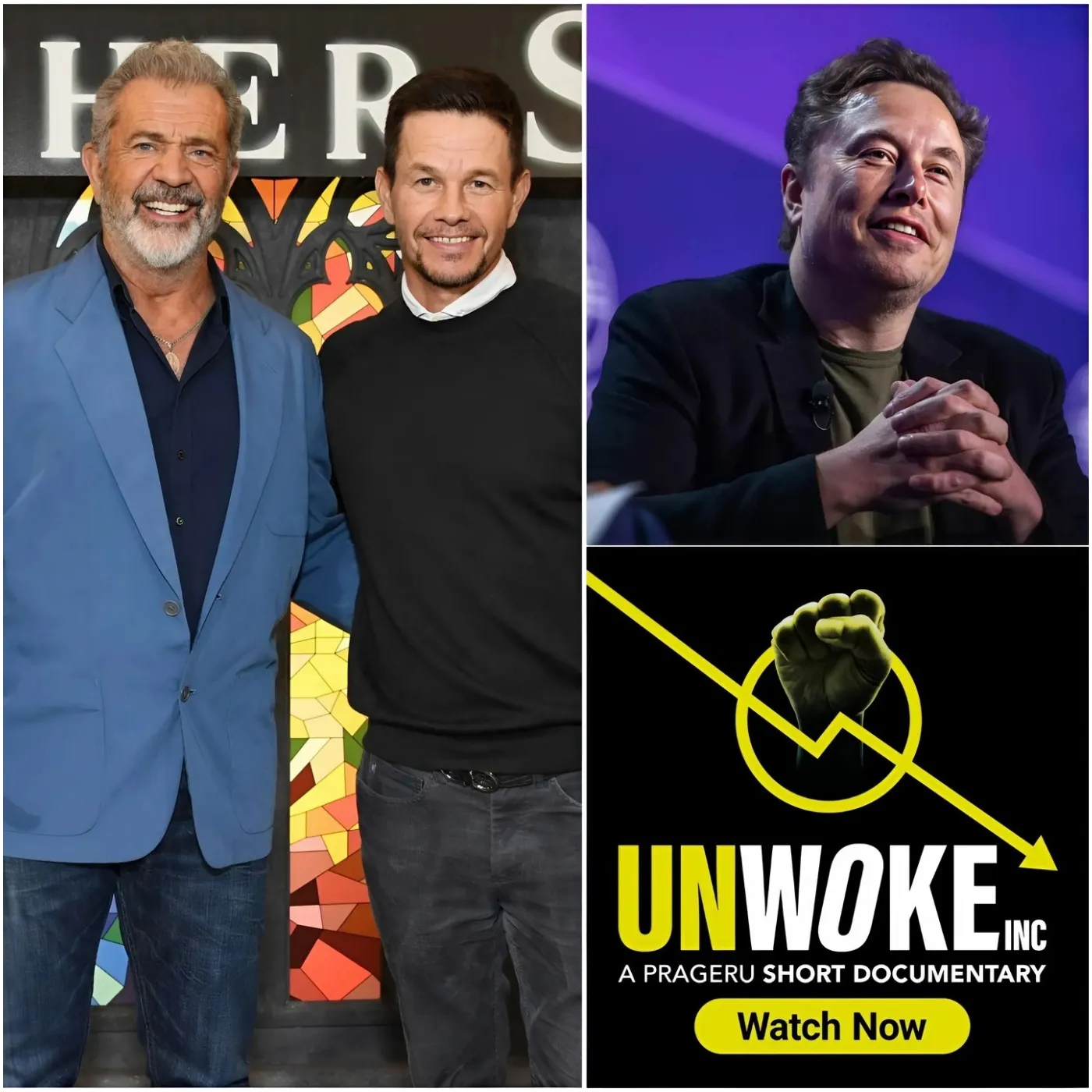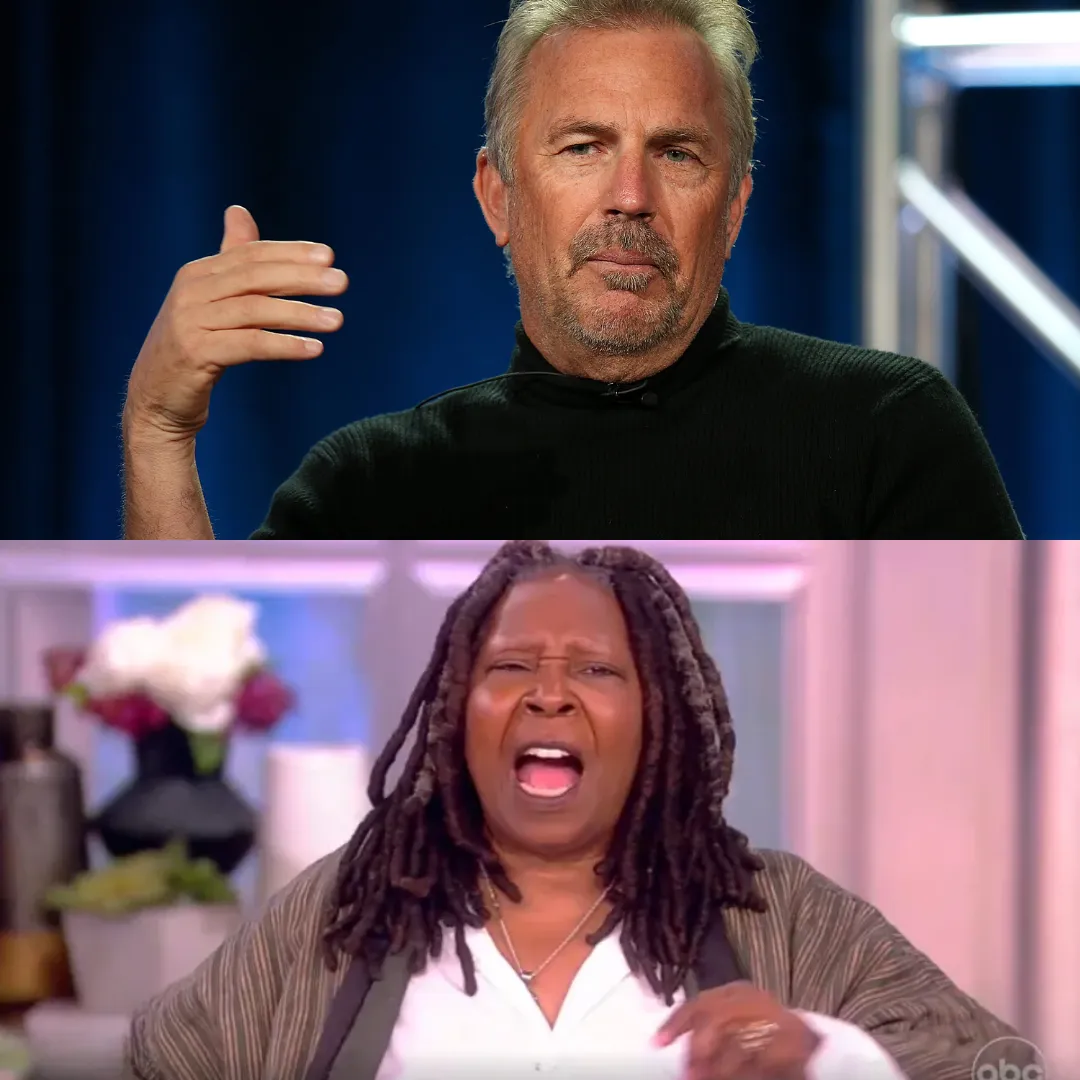
Tesla is navigating through one of the most turbulent chapters in its history. Sales are declining, profit per vehicle is shrinking, and global competitors—especially in international markets—are eating into Tesla’s market share.
The regulatory environment is also shifting against the company. With recent changes in federal electric vehicle policies, Tesla stands to lose billions in revenue.
On top of all that, the company is facing boycotts and protests after Elon Musk officially joined Donald Trump’s administration. Tesla stores and vehicles have become frequent targets of vandalism.
For better or worse, Musk is Tesla: the driving force of innovation and, at the same time, the lightning rod for controversy.
Musk’s public behavior continues to raise eyebrows. Rather than focusing solely on Tesla’s business, he often indulges in political commentary, posts prolifically on X (formerly Twitter), immerses himself in online gaming, and weighs in on global disputes.

It has led many to wonder if he still has the concentration and stamina required to lead Tesla through a critical make-or-break year.
Despite the growing doubts, Musk still commands investor trust. At a recent shareholder meeting, he barely addressed Tesla’s current financial health or growth trajectory. Instead, he painted a future filled with game-changing breakthroughs: fully autonomous vehicles, a robotaxi service that mimics Uber without human drivers, and a humanoid robot named Optimus that, he claims, could generate over $10 trillion in annual revenue.
These ambitious declarations sent Tesla shares soaring by 4% overnight, reinforcing the idea that belief in Musk’s vision remains intact—even when history suggests caution. After all, Musk has a well-known pattern of making promises that go unfulfilled.
In 2016, Musk vowed that a Tesla would be able to self-drive across the U.S. by the end of 2017. That didn’t happen. In 2019, he declared robotaxis would be operational by 2020. Today, Tesla still doesn’t have a fully autonomous driving system. In 2024, he introduced the Cybercab—an autonomous vehicle without a steering wheel or pedals—and promised it would be operational without human supervision by year’s end.
Yet, even now, Tesla’s vehicles require driver oversight, and the National Transportation Safety Board (NTSB) is actively investigating multiple crashes involving Tesla’s self-driving tech.

At the same shareholder meeting, Musk was forced to admit that current Tesla vehicles will require hardware upgrades to reach true full autonomy—contradicting his earlier claims that no such upgrades would be necessary.
Tesla’s future isn’t just challenged by internal missteps or Musk’s distractions—it’s also shaped by external political shifts. Under President Trump’s new administration, the federal EV tax credit of $7,500 is under threat. If eliminated, Tesla could lose a critical edge over gas-powered vehicles, especially as demand for EVs in the U.S. continues to cool.
Another revenue stream at risk is Tesla’s lucrative business of selling emissions credits to traditional automakers. These credits have earned Tesla billions over the years.
But with Trump pushing to roll back emissions standards, the demand for those credits may dry up, threatening another key source of income.
In the past, Musk famously worked and slept inside Tesla factories to ensure production stayed on track. His work ethic was legendary, and during critical moments, it helped push Tesla through production bottlenecks and quality control nightmares.

But that era seems long gone. Today, Musk’s attention is fragmented between his multiple ventures—SpaceX, Neuralink, The Boring Company—and his role as the owner and loudest voice on X.
Meanwhile, Tesla’s sales numbers tell a sobering story. For the first time in years, Tesla reported a year-over-year decline in deliveries for 2024. In Germany, Tesla's January sales dropped a staggering 59% compared to the previous year.
The company is rapidly losing its global EV leadership to Chinese giant BYD, which has been expanding aggressively with competitive pricing and superior battery technology.
Musk’s increasingly polarizing political stances aren’t helping. His open support for Donald Trump and far-right parties in Germany is sparking backlash in key international markets. In regions where environmental values and progressive politics drive consumer choices, Tesla’s brand image is taking a hit.
Following the release of the German sales figures, Tesla’s stock dipped 4%. Still, since the U.S. election on November 5, the stock is up 50%—a testament to investor optimism that Musk’s closeness to Trump could translate into favorable treatment for Tesla.
Tesla is now at a pivotal juncture. If Musk can finally deliver on his promises—if robotaxis hit the streets, if full autonomy becomes reality, if the Optimus robot lives up to its billing—Tesla might not just survive the storm but redefine the future of transportation and robotics.

But if those visions remain just words—if timelines continue to slip and products underdeliver—Tesla risks falling behind. Competitors like BYD and established automakers diving headfirst into the EV race aren’t waiting around. The clock is ticking.
More than ever, the stakes are personal. Musk’s actions in 2025 will decide whether Tesla ascends to new heights as a trailblazing tech titan—or fades into the background as another overhyped vision that couldn’t withstand the weight of its own ambition.
Despite all obstacles, Elon Musk remains unshaken. Confident. Defiant. He believes that Tesla will not only overcome today’s challenges but emerge stronger, more innovative, and more dominant than ever before.
Whether that belief becomes a reality—or another chapter in Musk’s growing list of unfulfilled promises—only time will tell.
But one thing is certain: the world is watching. Investors are watching. And Tesla’s future now hinges more than ever on the focus, decisions, and unyielding determination of one man.
Elon Musk isn’t backing down. He’s betting everything that Tesla can be great again.


-1742042197-q80.webp)
-1742108558-q80.webp)